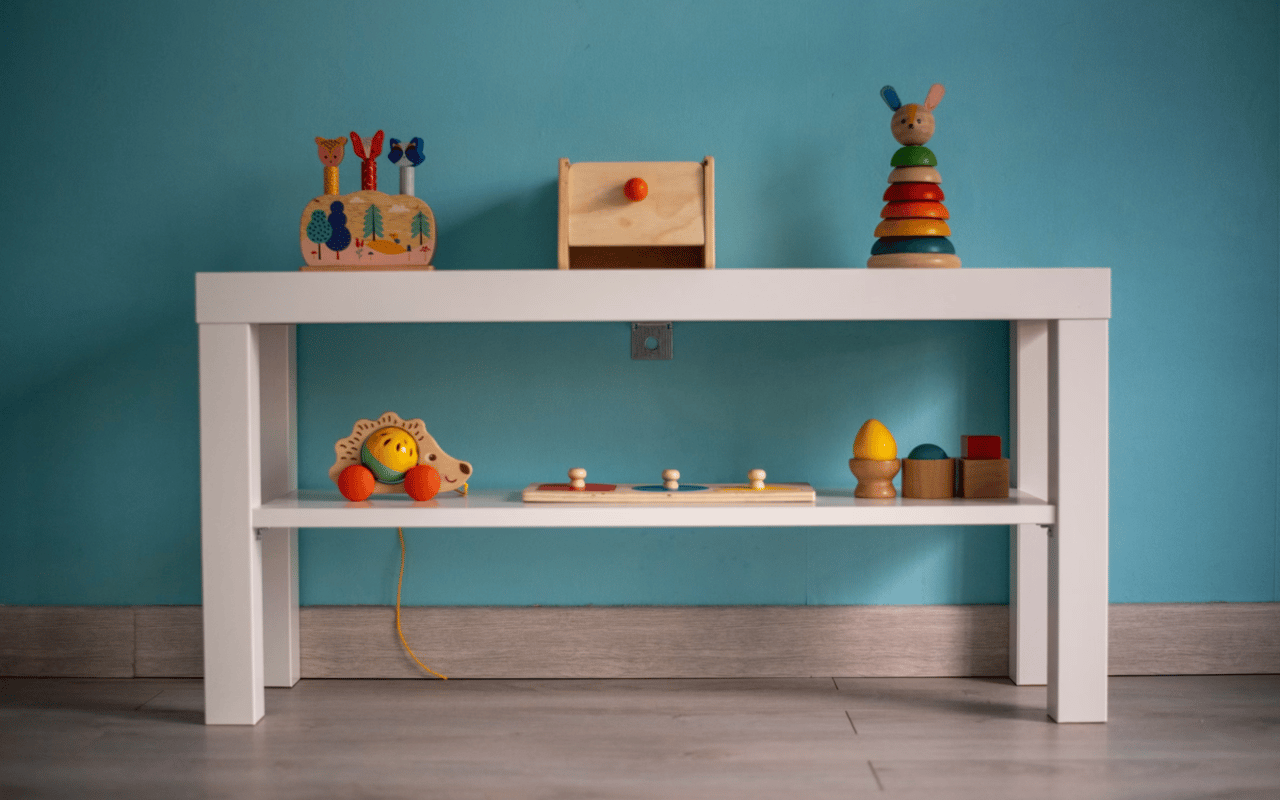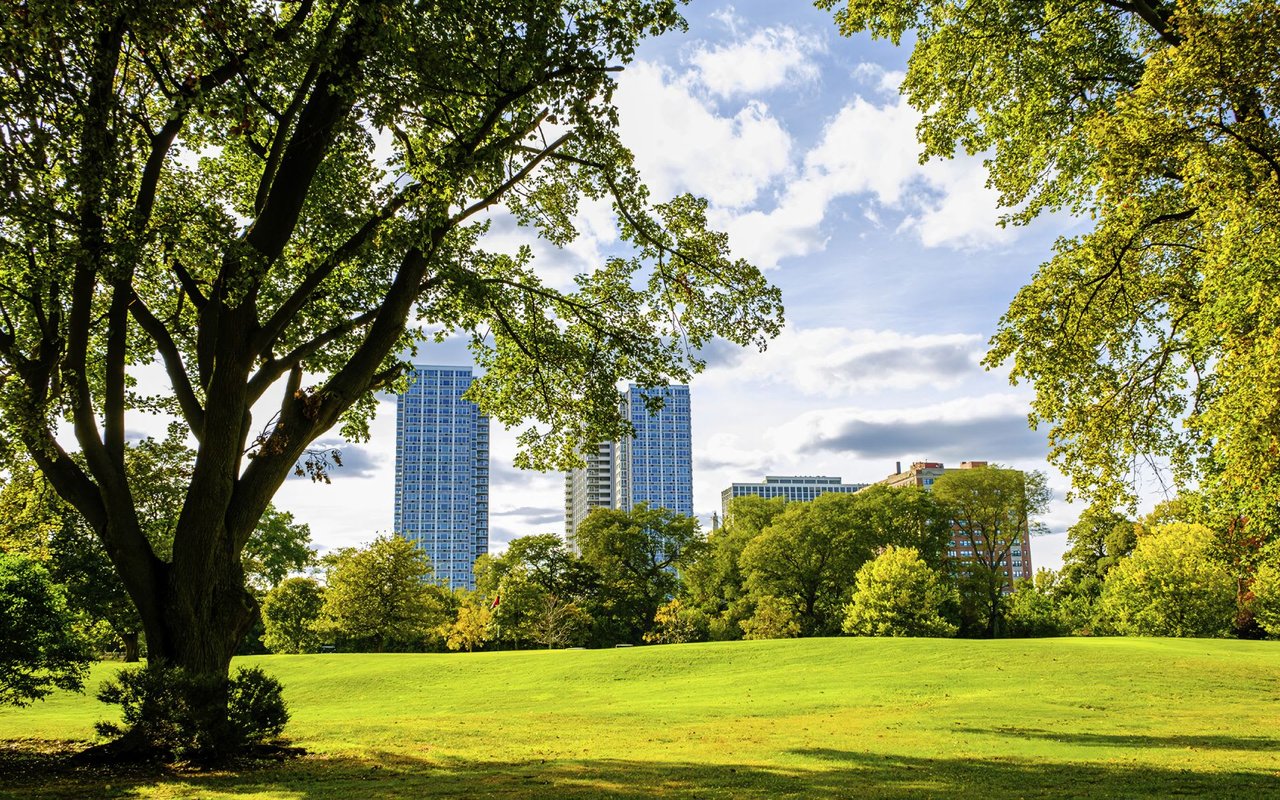It won’t be long before brisk fall days give way to overnight frost and freeze advisories. Avoid the potential toll a Midwest winter can take on your biggest investment by planning ahead and following these important tips for winterizing your home.
Protect Your Pocketbook
With energy prices skyrocketing, there’s never been a better time to make sure your home is well-insulated and properly sealed off from the elements. Screens should be removed and storm covers replaced over all windows and doors where appropriate. Additionally, caulk holes and openings around windows and doors prevent cold air from seeping in. Whether hiring professionals or purchasing products from your local hardware store, various weather stripping and seals are available as additional heat loss protection methods.
Often an afterthought, the attic, and crawlspaces can be a culprit behind high heating bills. Be sure to double-check your insulation in these areas, which should always remain about 10 degrees warmer than the outside temperature. Furnaces, boilers, and chimneys should also be serviced each season to ensure they’re running safely and efficiently. And consider installing an energy-efficient or programmable thermostat as another way to keep your energy bills at bay.
Pipes, Valves, and Hoses
Be particularly mindful if your water pipes are situated in an area susceptible to cold temperatures. Amid freezing temperatures, keep a trickle of water running from your faucets to protect against freezing or bursting pipes, and keep cabinet doors under kitchen and bathroom sinks open so warm air can surround the pipes. In the event that your pipes do freeze or burst, knowing how to shut off your home’s main water valve can save you from troublesome water damage. Putting away hoses and shutting off the water to outdoor spigots is also a good idea.
Safety First
Inspect gutters for debris to prevent potentially dangerous ice dams, and keep trees trimmed to avoid weak branches breaking in the snow, ice, and wind. Testing smoke and carbon monoxide detectors are also imperative headed into the winter months.
You’ll also want to avoid slips and falls, so be sure to beat the rush and be prepared with snow removal equipment, as well as deicing salt for steps, sidewalks, and driveways. If you have pets, keep them safe too with special brands that are gentle on their paws. And don’t forget to bring them inside during cold and inclement weather.
Bring the Outdoors In
Once you’ve prioritized the items that will protect you and your home during the coldest months, consider the ways you can winterize purely to enhance your time indoors. For example, homes with sunrooms or screened-in porches can often be seasonally insulated, while baseboards or portable heaters can be added to prolong the time spent in these spaces.
Prior to the first frost, bring in smaller outdoor plants and enjoy them year-round. If you have a couple of favorites that are easy to transplant, start to acclimate them by bringing them in overnight, and then gradually keep them inside throughout winter and early spring. It will undoubtedly add a little color to what can sometimes feel like a particularly gray time of year. This is especially easy to do with potted herbs and comes in handy for seasonal comfort cooking.










